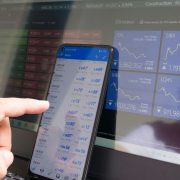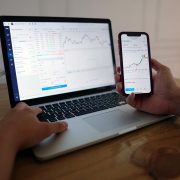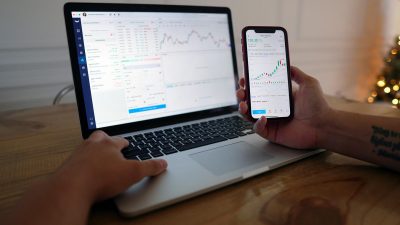Introduction:
In the vast world of forex trading, participants often come across terms like “swap” or “rollover.” These terms are associated with an essential aspect of forex trading – the overnight interest rate or carry interest. In this article, we will delve into the concept of forex swap and rollover, exploring their significance, mechanics, and implications for traders.
I. Forex Swap Defined:
A forex swap, also known as a currency swap or FX swap, is a financial instrument that involves the exchange of one currency for another at an agreed-upon exchange rate. The unique feature of a forex swap is that it includes both a spot and a forward transaction.

Here’s how it works:
- Spot Transaction: In the spot leg of the swap, two parties exchange the principal amounts of their currencies.
- Forward Transaction: Simultaneously, the same two parties agree to reverse the transaction at a future date, typically at a rate different from the spot rate.
The primary purpose of a forex swap is to roll over or extend the value date of a currency position without closing the position.
II. Rollover in Forex Trading:
Rollover, also known as swap rate or overnight interest, is the interest paid or earned for holding a currency position overnight. It is an integral part of the forex market due to the 24-hour nature of currency trading.
- Long and Short Positions:
- Long Position: If a trader buys a currency pair and holds it overnight, they may receive a rollover interest.
- Short Position: If a trader sells a currency pair and holds it overnight, they may have to pay a rollover interest.
- Factors Influencing Rollover Rates:
- Interest Rate Differentials: Rollover rates are influenced by the interest rate differentials between the two currencies in a pair.
- Central Bank Policies: Monetary policies and interest rate decisions by central banks can impact rollover rates.
- Market Conditions: Rollover rates can be affected by market conditions, liquidity, and geopolitical events.
III. Calculating Rollover Rates:
Rollover rates are typically expressed as an annual percentage. The formula for calculating the rollover interest is:
Rollover Interest=(Interest Rate Differential×Notional Amount)/100×Number of Days
IV. Trading Strategies and Considerations:
- Carry Trade Strategy:
- Traders may engage in a carry trade by taking advantage of interest rate differentials to earn rollover interest.
- Risk Considerations:
- Traders must be aware of the potential impact of rollover rates on their positions and account balances.
- Unexpected events, such as central bank decisions or economic data releases, can lead to changes in interest rate differentials and affect rollover rates.
Conclusion:
Understanding forex swap and rollover is crucial for forex traders looking to optimize their trading strategies and manage risks effectively. These concepts provide a mechanism for traders to extend positions overnight while considering the interest rate differentials between currencies. By staying informed about market conditions and central bank policies, traders can make informed decisions about their positions and enhance their overall trading performance in the dynamic world of forex.













Comments